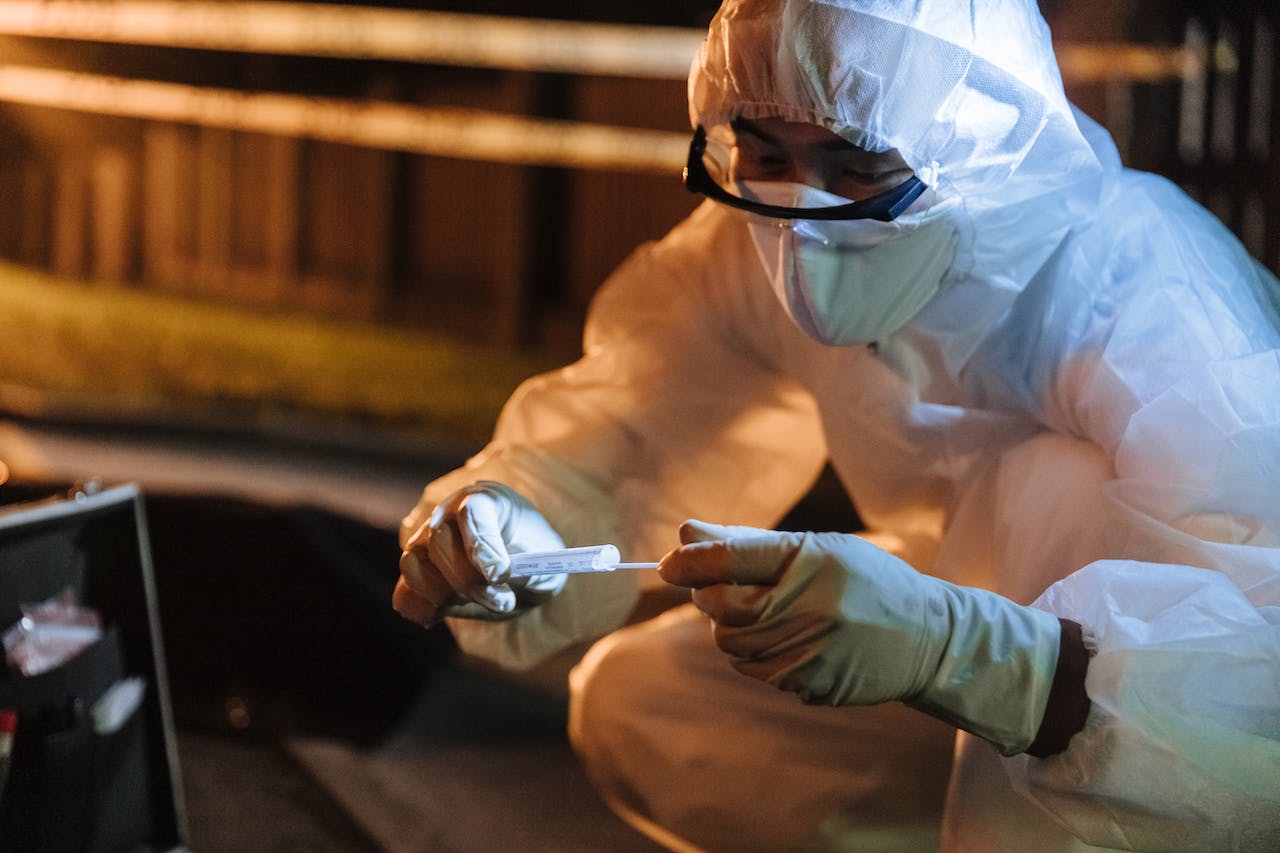Importance of Forensic Evidence Collection in Criminal Investigations
Forensic science often links the accused with the crime through personal clues such as fingerprints, blood drops, hair, and trace evidence like shoe prints or tire marks. It is a vital tool for criminal investigations.
Forensic evidence collection requires meticulous and systematic methods to ensure accuracy and reliability.
Contents
Physical Evidence
Forensic evidence refers to the vast array of materials, information, and data gathered through scientific methods to aid criminal investigations and legal proceedings. Forensic evidence provides an objective and reliable basis for achieving justice for all parties involved, whether used to reconstruct crime scenes, identify suspects, or support investigative leads.
At the scene of a crime, investigators will generally take great care to document the evidence with photographs before they touch or move it. They will also carefully consider how they approach the forensic evidence collection process, especially with items that the investigators themselves could contaminate. For example, when collecting trace evidence such as hairs or textile fibers, the investigator will use protective gloves to ensure they do not leave behind their prints or residue on the samples.
Forensic evidence collected at the crime scene must be documented to record its condition and provide an unbroken chain of custody as it moves through lab processes, storage, and judicial consideration. This process demands balancing law enforcement needs and scientific rigor with strict adherence to legal standards for search and seizure and admissibility in court.
Blood
Blood evidence can be a powerful piece of crime scene evidence. In addition to being a marker that indicates a violent struggle, blood may contain clues about the perpetrator of the crime. Investigators often collect samples of pooled blood near the victim in homicide cases. Blood can also be found on weapons and other objects at the crime scene. This type of evidence must be properly collected and preserved.
Forensic scientists use techniques like blood typing to identify the source of a particular blood sample. An individual’s blood type analysis reveals antigens that differ between individuals. Scientists can then eliminate a set of suspects if they match the sample.
Bloodstains are often a treasure trove of other information. The splatter pattern, transfers, and voids in blood stains can reveal how the crime or accident was committed. They can also lead to other sources of forensic evidence, such as hair, skin, and clothing. Criminal attempts to clean up the scene are often unsuccessful, as these trace materials can usually be retrieved using chemicals and black lights.
DNA
Forensic evidence is mathematically precise and provides investigators with information regarding physical clues found at crime scenes, including fingerprints, blood drops, hair strands, and ballistics (studying the velocity of a bullet fired from a firearm). This evidence helps law enforcement agencies identify suspects and establish facts admissible in court.
DNA profiling, a more advanced form of this evidence, identifies individuals by measuring how many times a specific region of the DNA strand repeats. The number of repetitions varies between people (except for identical twins). DNA testing is a highly accurate way to link a suspect to biological samples collected at the crime scene.
Despite its accuracy, this type of evidence still needs to be improved. For example, defense lawyers try to sway jury members by casting doubt on the reliability of DNA profiling. Forensic DNA evidence must be collected correctly to prevent it from being tainted or lost. This includes ensuring that the chain of custody is intact. This is why the police must collect all evidence as soon as possible at the crime scene.
Fingerprints
Forensic evidence is a keystone of the justice system, helping to put criminals behind bars and ensure that innocent people do not suffer for crimes committed by others. Crime scene investigators rely on forensic science techniques, including collecting and analyzing fingerprints, blood, hair, skin cells, fibers, and other trace materials, to identify suspects and solve crimes.
Fingerprints are highly effective trace materials, as they are difficult to alter and unique to individuals over time. Investigators can use rolled prints or whole-hand impressions to identify suspects, link crimes together, and cross-check latent fingerprints against police records in an international database known as AFIS (Automated Fingerprint Identification System).
While most people may think of prints primarily in terms of what they see on TV shows like CSI, the truth is that a proper investigation without them would be far more challenging. That is why investigators spend more time attempting to find good, identifiable prints at a crime scene than they do looking for fibers that could have come from anyone else’s clothing.
Shoe and Tire Impression
Footwear and tire impressions are evidence that is not easily recognizable to the naked eye. These impressions are generally less commonly sought or recovered by crime scene investigators because they require specialized equipment and training to collect, examine, and preserve.
These prints may be found on concrete sidewalks, roads or driveways, mud, and snow. The crime scene investigator must properly collect and preserve this evidence using a gelatin lifter dust print lifting application or alternative light sources.
Once the impressions are transported to the laboratory for examination, they can be compared with known prints of shoes and tires. During the comparison, forensic examiners use various tools, such as dividers and calipers, to compare the features of the known print or impression. For example, a shoe’s sole’s tread pattern, length, and width are examined to determine whether an impression may be specific to a particular shoe.

